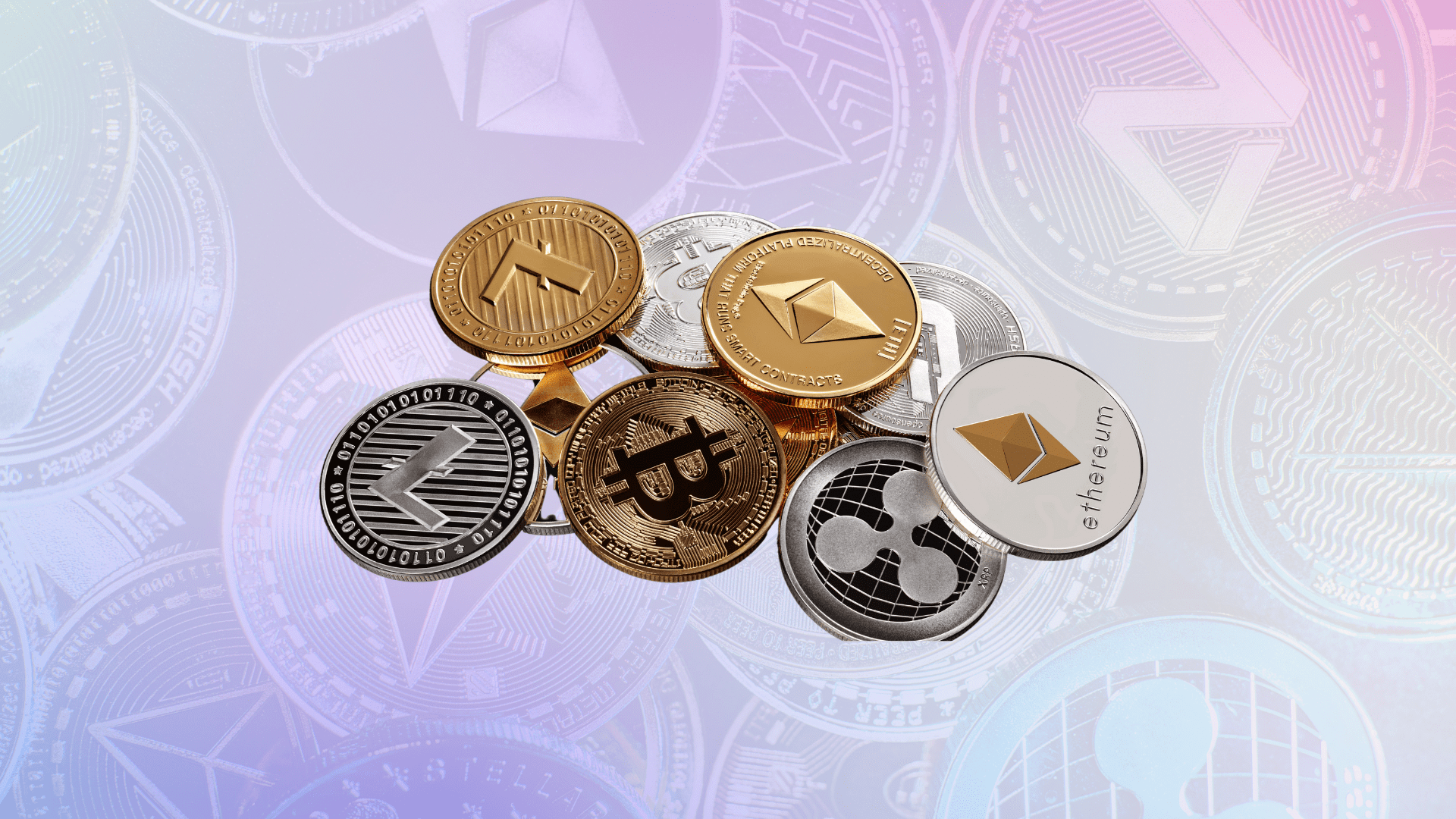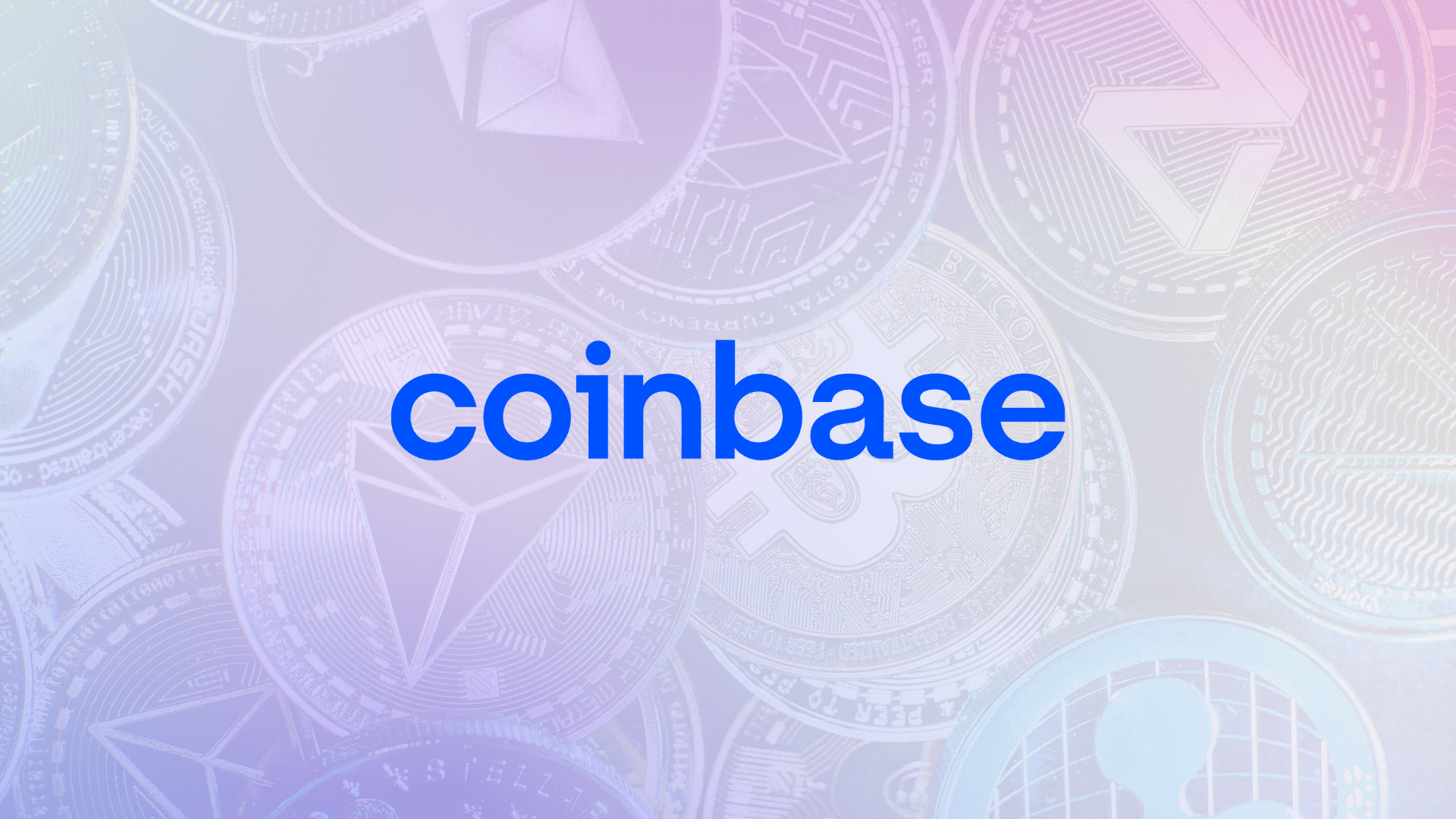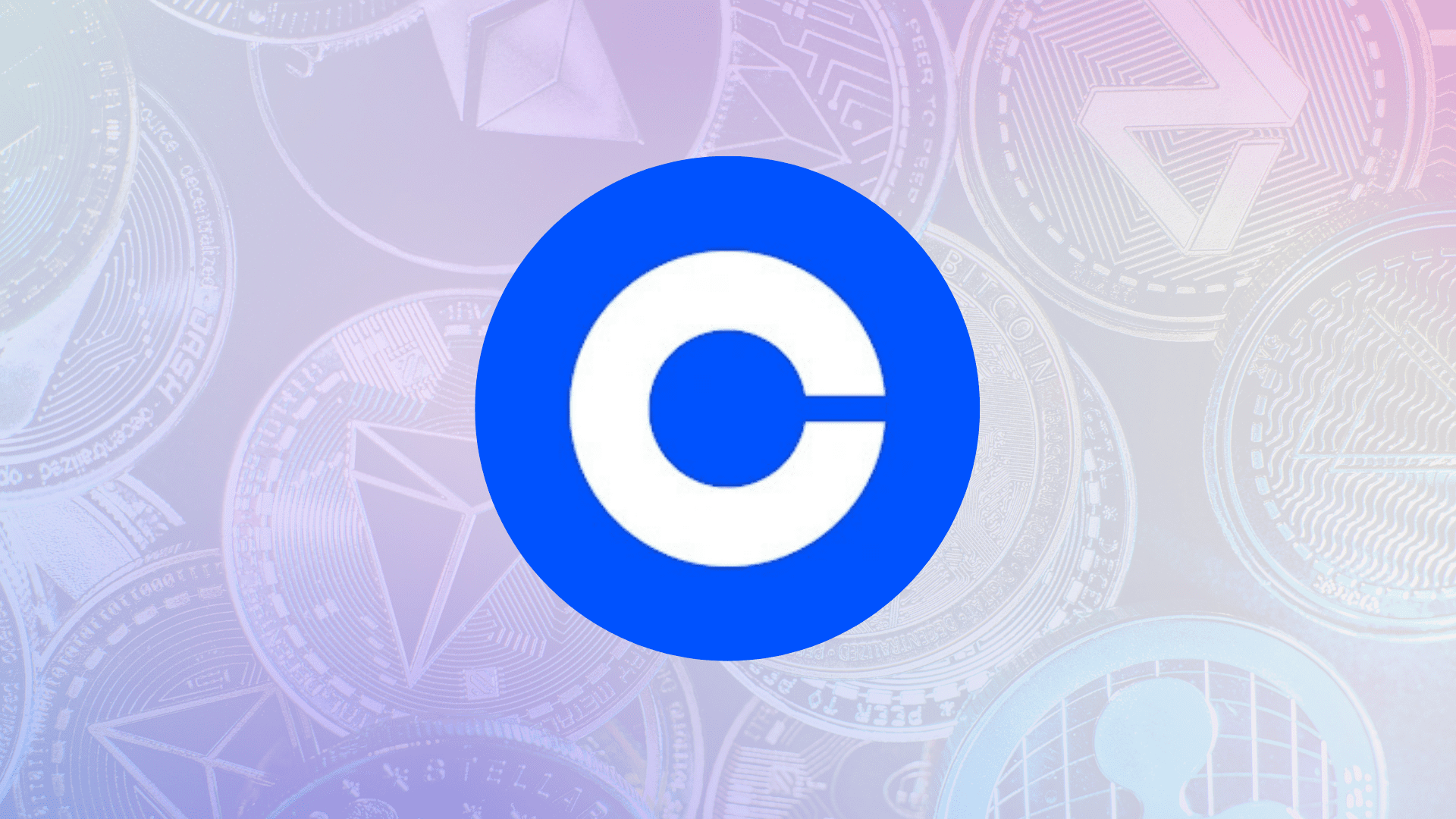At NFT Droppers, we provide the latest crypto news, in-depth project information, and comprehensive market insights. Launched in 2022, our platform covers new token launches, market trends, and detailed reviews of crypto and NFT projects. We offer reliable ratings based on 70+ evaluation factors, including tokenomics, roadmaps, and team authenticity. Whether you’re an investor or a crypto enthusiast, NFT Droppers keeps you informed with accurate, up-to-date information and expert analysis.
Robinhood Crypto Selling Fees: What to Expect
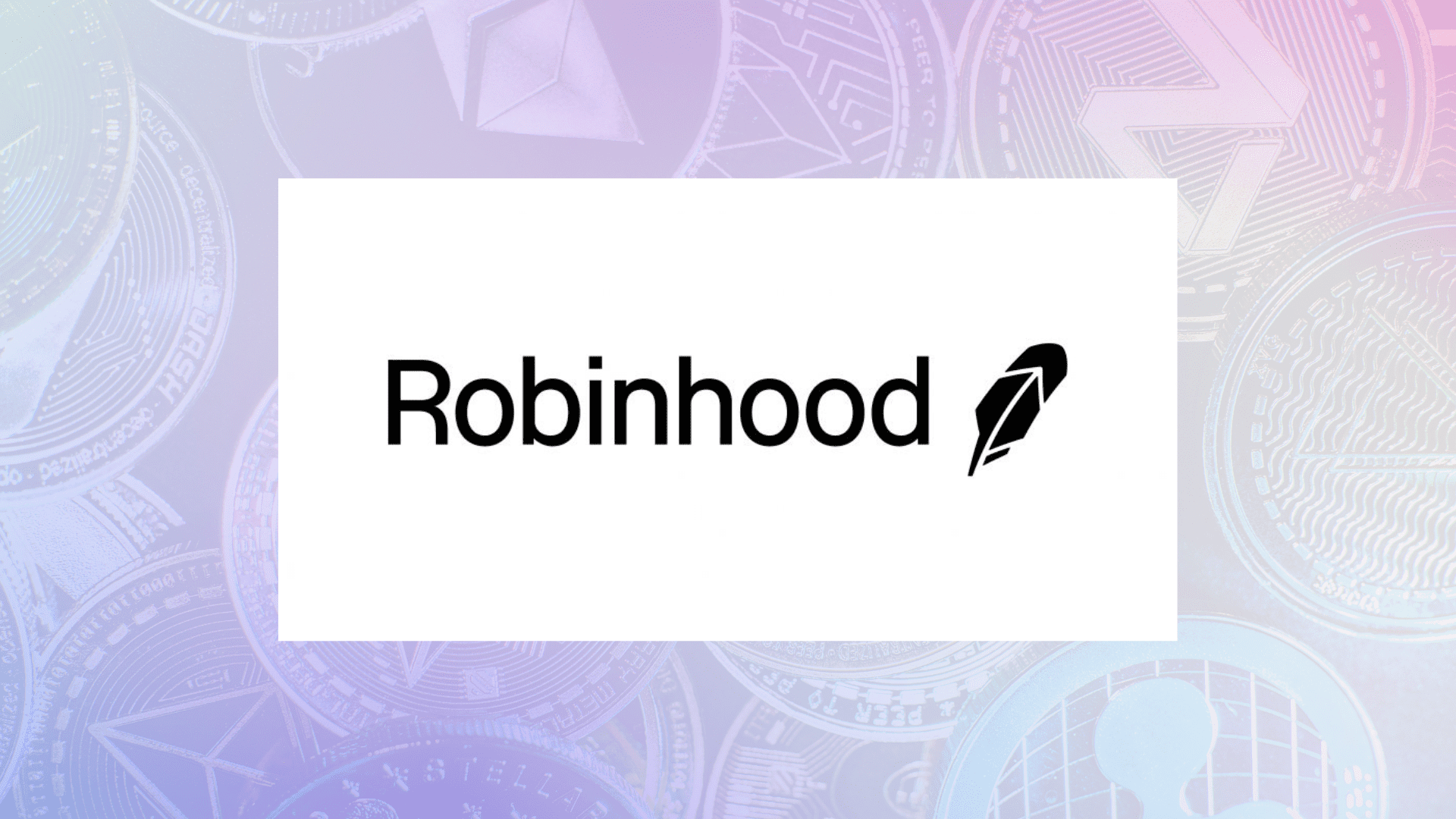
Table of Contents
The crypto market is a beast—wild, unpredictable, and packed with potential. If you’re trading on Robinhood, you’re already in the game, buying and selling digital assets like Bitcoin, Ethereum, or Dogecoin with a platform that’s dead-set on keeping things simple. But simplicity doesn’t mean free, and if you’re not crystal clear on what it costs to sell your crypto, you’re bleeding cash you could’ve kept. This guide is your battle plan for navigating Robinhood’s crypto selling fees in 2025, built for American investors who want to trade smarter, not harder. I’ve spent years digging into the nuts and bolts of blockchain and trading platforms, and I’m here to break it down—no fluff, just the raw truth.
Why Fees Matter in Crypto Trading
Every time you sell crypto, a slice of your profit gets carved off. It’s not just about the price you get for your Bitcoin—it’s about what lands in your pocket after the platform takes its cut. Robinhood’s known for its “commission-free” mantra, but don’t get it twisted: there’s no such thing as a free lunch in trading. Fees, even small ones, stack up fast when you’re moving in and out of positions, especially in a market where a 2% swing can feel like a lifetime. Understanding these costs is the difference between scraping by and stacking wins.
How Robinhood Handles Crypto Selling Fees
Robinhood’s crypto trading model is built to feel seamless, and for the most part, it delivers. You can sell Bitcoin for $1 or $10,000 worth, and the app doesn’t slap you with a traditional commission. Instead, the cost comes baked into something called the spread. Here’s the deal: when you sell crypto on Robinhood, the price you see isn’t the exact price you get. The spread is the difference between the bid (what buyers are willing to pay) and the ask (what sellers are offering). Robinhood pockets a piece of that gap, and that’s their fee in disguise.
For example, let’s say you’re selling $1,000 of Ethereum. The market price might show $2,500 per ETH, but Robinhood’s quoted price could be slightly lower—say, $2,490. That $10 difference per coin is part of the spread, and it’s how Robinhood makes money without charging a flat commission. Based on user reports and platform data, this spread typically ranges from 0.5% to 1% per trade, though it can creep higher for smaller transactions or less liquid coins like Shiba Inu. Compare that to a platform like Coinbase, where fees can hit 1.5% or more for basic trades, and Robinhood starts looking lean.
But here’s the catch: spreads aren’t fixed. They flex based on market volatility, the crypto you’re selling, and even the time of day. Selling during a price surge? The spread might widen as Robinhood covers its risk. Offloading a low-volume altcoin? Expect a bigger hit than with Bitcoin or Ethereum. This variability is why you need to stay sharp and check the quoted price before hitting “sell.”
Breaking Down the Costs
To make this real, let’s walk through a few scenarios. Say you’re selling $500 worth of Bitcoin. At a 0.55% spread—on the lower end for Robinhood—you’re looking at about $2.75 in fees. Not bad for a one-off trade, but if you’re flipping crypto daily, those costs pile up. Now, scale it up to $10,000. That same 0.55% spread means $55, which stings more when you’re counting every dollar. For smaller trades, like $50 of Dogecoin, the spread might nudge closer to 1%, costing you $0.50 per sale. Multiply that by frequent trades, and you’re leaking cash without even noticing.
Robinhood’s official line is that they keep spreads competitive, and they’re not wrong compared to some rivals. A 2025 report from the Securities and Exchange Commission noted that Robinhood’s crypto trading costs remain lower than many traditional exchanges for retail investors SEC.gov. But “lower” doesn’t mean “zero,” and the lack of a clear fee breakdown in the app can leave you guessing. Unlike stock trades, where regulatory fees like the SEC’s $27.80 per $1 million are spelled out, crypto fees rely on that murky spread, which frustrates traders who want transparency.
Other Costs to Watch
Beyond the spread, Robinhood keeps it clean—no withdrawal fees for moving crypto to another wallet, no deposit fees for bringing funds in. That’s a win compared to platforms that nickel-and-dime you for every transfer. But there’s a hidden cost if you’re not careful: taxes. Selling crypto triggers a taxable event, and the IRS doesn’t care if you made $10 or $10,000. Capital gains tax applies, and rates depend on how long you held the asset (short-term at 10-37% for under a year, long-term at 0-20% for over a year). Robinhood provides tax documents, but it’s on you to track your cost basis and report accurately. Miss this step, and you’re inviting a headache come tax season.
Another gotcha? Inactivity fees don’t exist on Robinhood, but if you’re sitting on cash in your account, you’re earning peanuts—0.01% APY unless you’re a Gold member at $5 a month for 4% APY. That’s not a direct selling fee, but it’s a reminder that idle funds aren’t working for you. If you’re not trading, move your money to a high-yield savings account or stake your crypto elsewhere for better returns.
How Robinhood Stacks Up
Let’s put Robinhood in the ring with other platforms. Coinbase, the big dog in crypto exchanges, charges a flat 1% fee for standard trades, plus a spread that can push costs to 2% or higher for small transactions. Kraken’s maker-taker model starts at 0.16% for makers and 0.26% for takers, but you need higher volume to unlock those rates. Binance.US offers 0.1% spot trading fees with discounts for using BNB, but its interface isn’t as beginner-friendly. Robinhood’s spread-based model—averaging 0.5-1%—holds its own for casual traders, especially those juggling stocks and crypto in one app.
But there’s a trade-off. Dedicated crypto exchanges like Kraken or Coinbase offer staking, margin trading, and hundreds of coins, while Robinhood caps you at 15 assets and basic buy-sell functions. If you’re just flipping Bitcoin or Ethereum, Robinhood’s fees and simplicity are hard to beat. If you’re chasing obscure altcoins or DeFi yields, you’ll hit a wall.
Strategies to Minimize Fees
You can’t eliminate fees, but you can fight back. Here’s how to keep more of your gains:
- Trade bigger amounts: Spreads hurt less on larger trades. Selling $1,000 of crypto at a 0.5% spread costs $5, while ten $100 trades at the same spread cost $5 total—but smaller trades often face wider spreads, so consolidate when possible.
- Time your trades: Volatility widens spreads. Avoid selling during massive pumps or dumps—check the market’s pulse using Robinhood’s charts or external tools like CoinGecko.
- Compare quotes: Before selling, tap “details” on Robinhood’s order screen to see the spread. If it’s over 1%, consider waiting for a tighter market.
- HODL for tax breaks: Holding crypto longer than a year shifts you to long-term capital gains, slashing your tax bill. Patience pays.
- Use limit orders: Robinhood’s crypto limit orders let you set a target price, helping you avoid getting burned by a bad spread during a market swing.
These moves aren’t magic—they’re discipline. I’ve seen traders cut their costs by half just by planning their exits instead of panic-selling at 2 a.m.
What’s New in 2025
Robinhood’s crypto game is evolving. They’ve added staking for Solana and Ethereum, letting you earn 3-5% APY on holdings without selling—a way to offset fees if you’re in for the long haul. They’ve also rolled out Robinhood Wallet, a self-custody option for moving crypto off-platform with no transfer fees, giving you more control. Rumors are swirling about futures trading and expanded coin listings, but nothing’s confirmed yet. What hasn’t changed is their focus on keeping costs low for retail traders, which is why they’re still a go-to for Americans dipping into crypto.
A Reuters article from early 2025 flagged Robinhood’s push to stay competitive amid regulatory heat, noting their spread model undercuts most brokers for small trades Reuters.com. But the SEC’s still got eyes on them, so expect tweaks to transparency or fee reporting if rules tighten.
The Bigger Picture
Fees are just one piece of the puzzle. Robinhood’s strength is its all-in-one vibe—stocks, ETFs, options, and crypto under one roof. For Americans who want to dabble without drowning in complexity, it’s a solid pick. But crypto’s not a slot machine. Every sale needs a purpose: are you locking in profits, cutting losses, or rebalancing? Random trades with no plan are how you end up broke, no matter how low the fees are.
Think of Robinhood as a tool, not a guru. Use it to execute your strategy, but do your homework elsewhere—track on-chain data, follow market sentiment, and know your exit before you enter. The platform’s cheap, but it’s on you to make it pay.
Frequently Asked Questions
Does Robinhood charge a commission for selling crypto?
No, Robinhood doesn’t charge a traditional commission. They make money through the spread, typically 0.5-1% of the trade value, which is built into the quoted price.
Are there fees for transferring crypto out of Robinhood?
Nope. Robinhood doesn’t charge deposit or withdrawal fees for crypto, though network gas fees apply if you’re moving to an external wallet.
How do I know the exact fee for a sale?
Robinhood doesn’t break out the spread as a line item, but you can estimate it by comparing the quoted price to the market price on the order screen. It’s usually 0.5-1%.
Is Robinhood cheaper than other crypto platforms?
For small trades, yes. Robinhood’s spreads often beat Coinbase’s 1-2% fees or Kraken’s taker rates, but dedicated exchanges offer more features for advanced traders.
Do I pay taxes when selling crypto on Robinhood?
Yes. Selling crypto is a taxable event, subject to capital gains tax. Short-term (under a year) is 10-37%; long-term (over a year) is 0-20%. Robinhood provides tax forms to help.
Conclusion
Robinhood’s crypto selling fees aren’t a trap, but they’re not a gift either. With spreads averaging 0.5-1%, you’re paying less than many platforms, especially for quick, small trades. The trick is knowing how to play it—time your sales, batch your trades, and keep an eye on the spread before you hit confirm. Crypto’s a grind, and every dollar you save on fees is a dollar you can reinvest or pocket. Use this guide to stay ahead, trade with purpose, and make the market work for you. Now go execute.

Disclaimer: The information presented here may express the authors personal views and is based on prevailing market conditions. Please perform your own due diligence before investing in cryptocurrencies. Neither the author nor the publication holds responsibility for any financial losses sustained.
CRYPTO PAYMENT GATEWAY
 Crypto Cloud
Crypto CloudTOP EXCHANGES
BEST CRYPTO CASINO
BEST HARDWARE WALLET
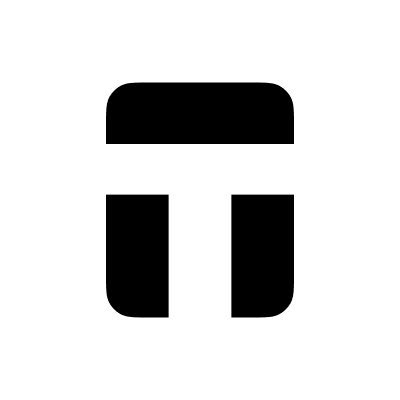 Tangem
Tangem
 Xyes Casino (Must Try)
Xyes Casino (Must Try) Stake.com
Stake.com Coins.Game Casino
Coins.Game Casino